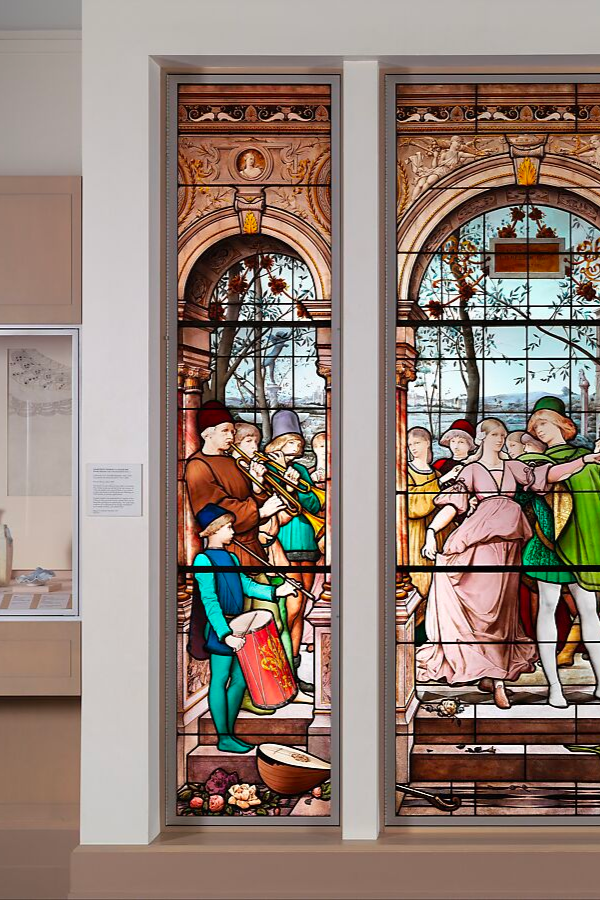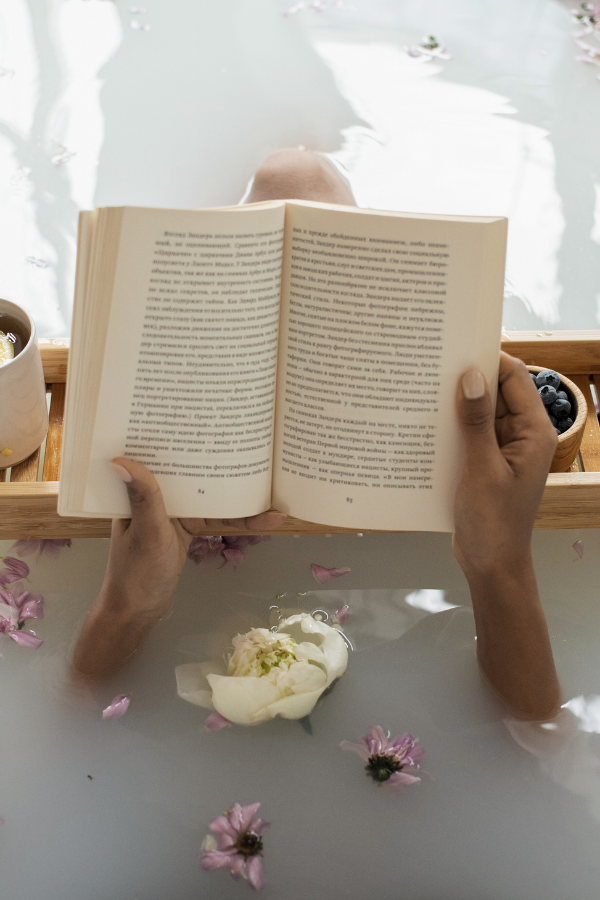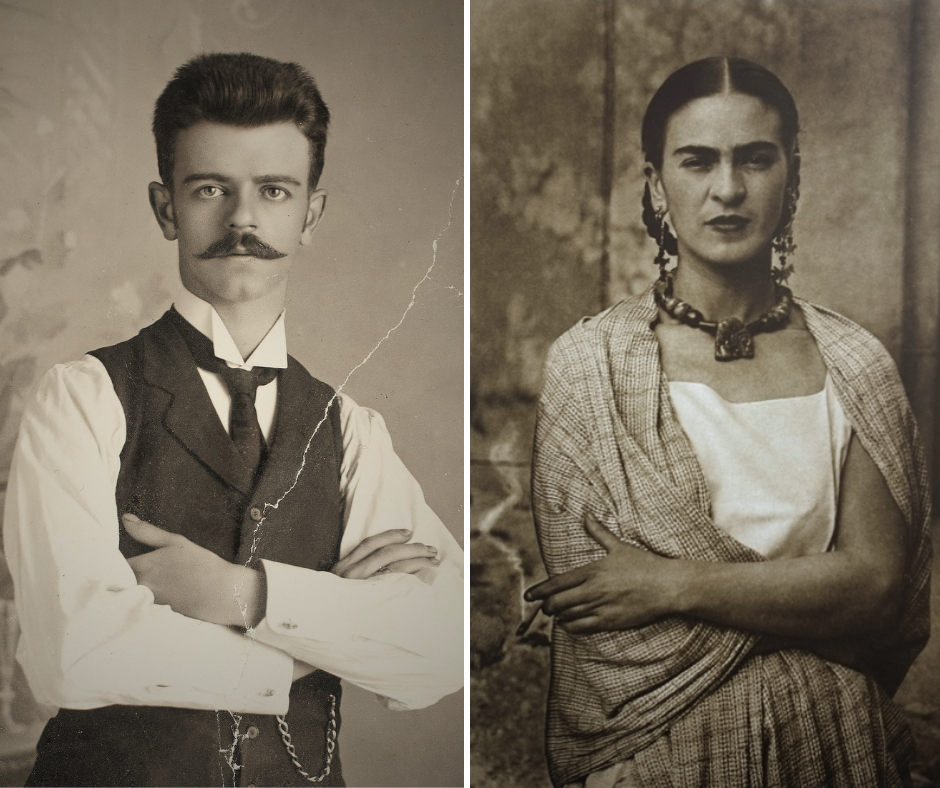
Natural History: Iconic Botanical Illustrators of the Last 300 Years
Summary
Reflection Questions
Journal Prompt
Over the last 300 years, the art of botanical drawing has served as a visual storyteller in our ongoing quest to understand and document the natural world. From the intricate sketches of yesteryears to the vibrant digital renderings of today, the evolution of botanical illustration mirrors this ever-expanding tapestry of knowledge—intricately woven across generations. Join us in this exploration, where we’ll uncover the captivating history of iconic botanical illustrators—artists who’ve left an indelible mark on the canvas of this fascinating journey.
The Golden Age of Botanical Illustration (18th Century)
Maria Sibylla Merian
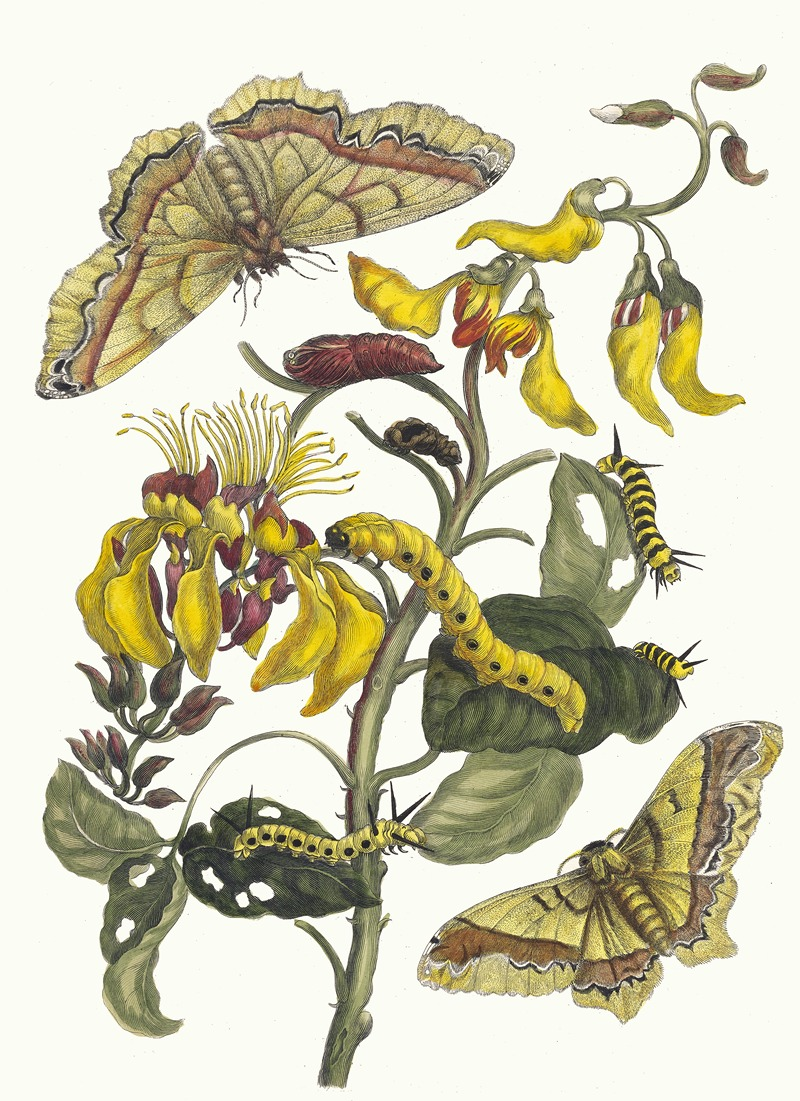
Maria Sibylla Merian—a pioneering naturalist and artist—approached botanical illustration with a unique perspective. Unlike her contemporaries, she delved into the entwined realms of plants and insects—creating a harmonious narrative between flora and fauna. Merian’s illustrations were not just depictions. They were windows into the interconnected web of nature.
Her keen observations and meticulous drawings brought forth the life cycles of insects and plants in unprecedented detail. Merian’s work went beyond mere documentation. It was a celebration of the intricate dance between botanical beauty and the tiny creatures that inhabit it.
Georg Dionysius Ehret (1708–1770)
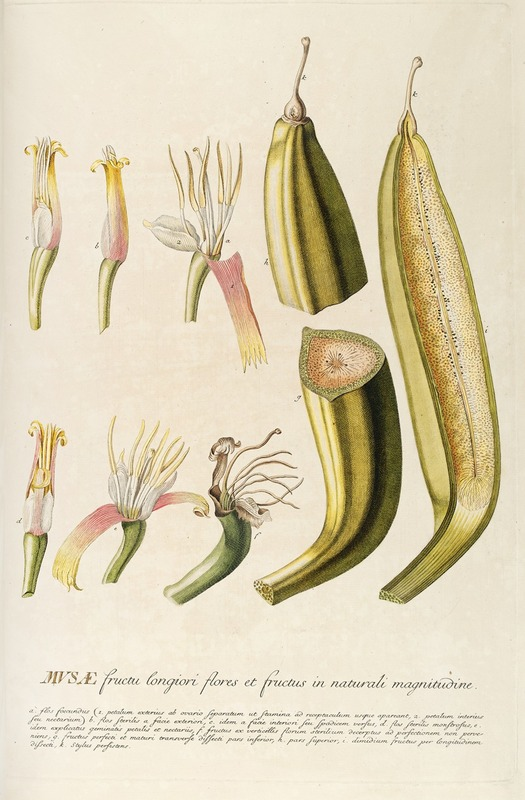
The work of Georg Dionysius Ehret (1708–1770) was equally influential. He was a highly regarded botanical illustrator and entomologist of the 18th century. Born in Heidelberg, Germany, Ehret’s artistic talents were evident from an early age. He initially worked in a gardening apprenticeship, which laid the foundation for his interest in plant life and botanical art.
Ehret’s contributions to botany are significant. He collaborated with leading botanists of his time—such as Carl Linnaeus and Joseph Banks—and played a key role in developing the Linnaean system of plant classification. His illustrations were not only scientifically accurate but also aesthetically pleasing—blending art with scientific precision. His works often featured plants in great detail—showcasing both their structure and beauty.
Ehret’s legacy is preserved through his numerous plant illustrations—many of which are still referenced in botanical studies today. His artistry helped to elevate the field of botanical illustration—setting a high standard for future generations. His works are a blend of scientific detail and artistic expression—making them valuable both as scientific records and as works of art.
Mark Catesby (1683–1749)
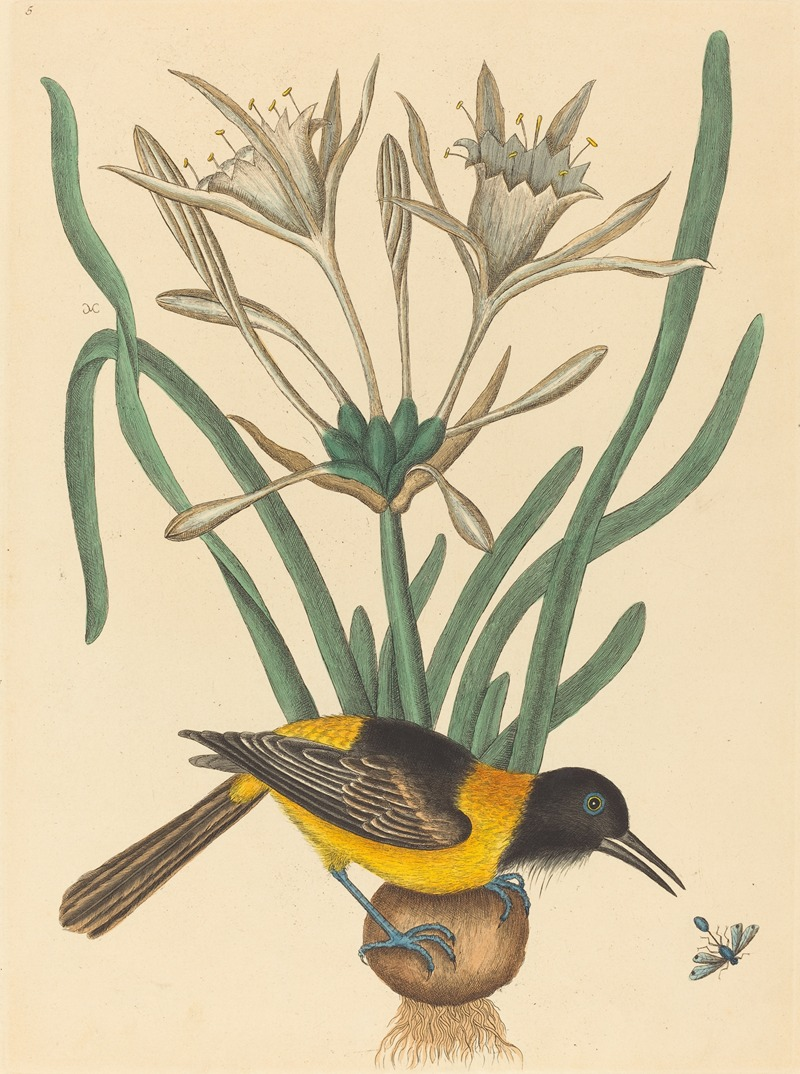
Mark Catesby was another pivotal figure. He created intricate narratives of the flora and fauna of North America. His legacy goes beyond the strokes of a brush—it’s a testament to the art of documentation and the curiosity that fueled his journey.
Catesby’s sojourn in North America was not merely an artistic pursuit but a scientific odyssey. His keen eye and meticulous illustrations became a visual chronicle of the diverse and previously uncharted plant and animal life of the continent. Through his groundbreaking work, Catesby introduced European audiences to the richness of North American biodiversity.
Advancements in the 19th Century
Pierre-Joseph Redouté (1759–1840)
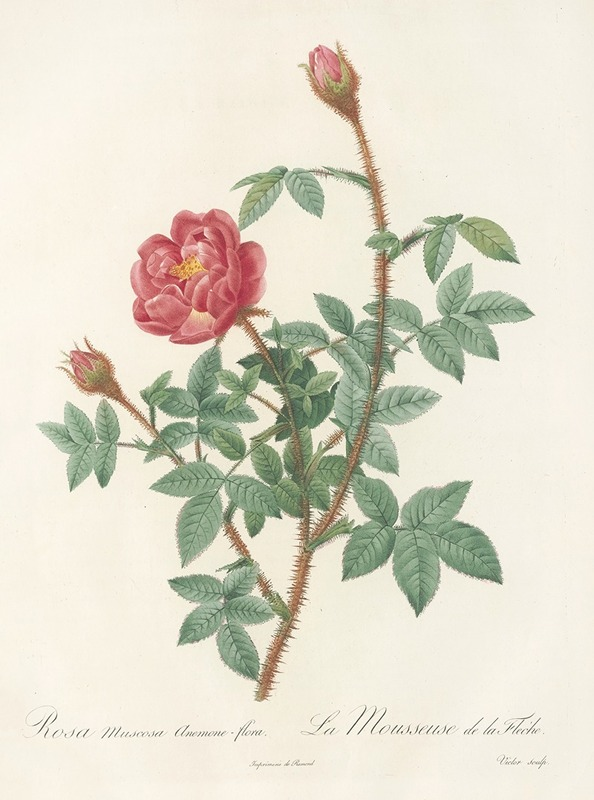
Pierre-Joseph Redouté’s legacy blossoms through his intricate rose illustrations. Renowned as the “Raphael of Flowers,” Redouté’s detailed renderings elevated botanical art to new heights. His meticulous portrayal of roses—capturing nuances of form and color—left an indelible mark on the world of illustration.
Walter Hood Fitch (1817–1892)
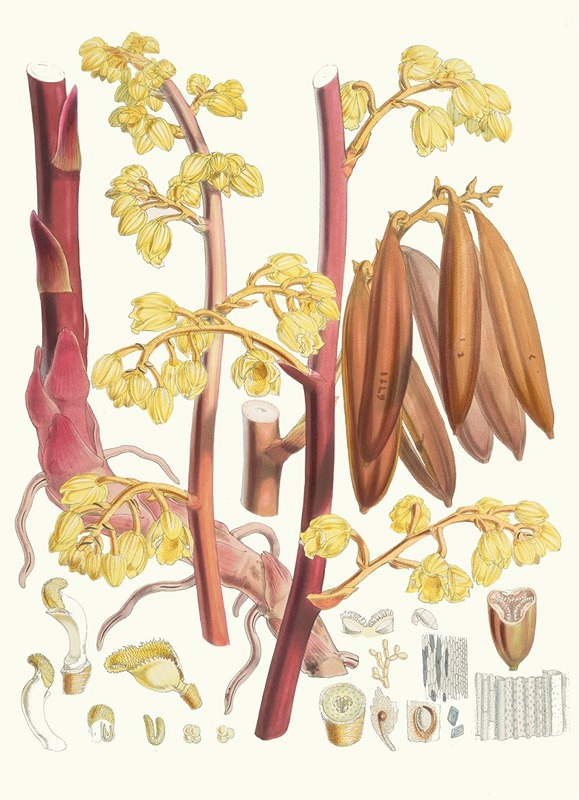
In the 19th century, Walter Hood Fitch emerged as a luminary—leaving an indelible imprint on iconic botanical publications. His prolific contributions—marked by precision and artistry—adorned the pages of influential works.
Fitch’s skillful hand not only captured the essence of plant life but also played a vital role in disseminating botanical knowledge to a wider audience.
Early 20th Century Innovations
Charles Rennie Mackintosh (1868–1928)
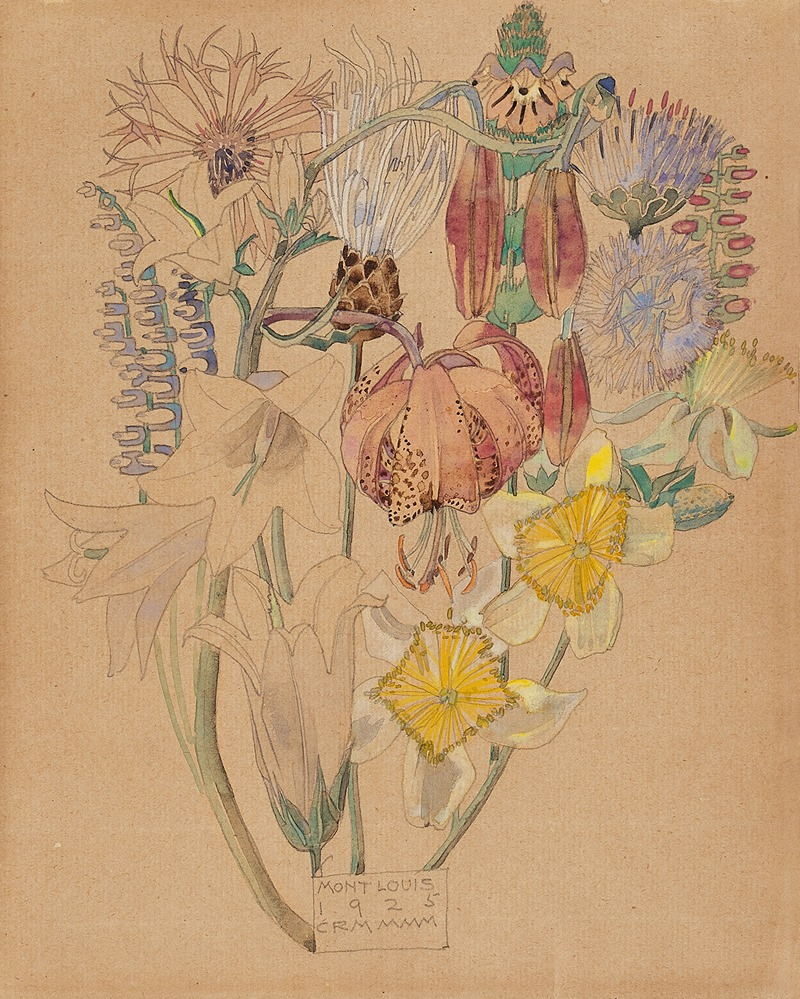
Charles Rennie Mackintosh—celebrated for his distinctive Art Nouveau style—brought a touch of elegance to botanical illustration. His unique approach blended organic forms with intricate design elements—creating a harmonious fusion of art and nature.
Margaret Mee (1909–1988)
Margaret Mee’s artistic journey took her deep into the heart of the Amazon rainforest, where she became a guardian of its flora. Beyond her artistic prowess, Mee’s work transcended traditional boundaries—advocating for environmental awareness.
Contemporary Botanical Artists
Botanical drawing is a timeless art form. In the 21st century, contemporary masters like Fiona Strickland, Mieko Ishikawa, and Jenny Phillips carry the torch of innovation. These artists contribute to the ongoing tapestry of botanical drawing. Their art not only graces galleries but finds a home in the digital realm—expanding its reach for both aesthetic appreciation and educational purposes.
Fiona Strickland
Fiona Strickland graces the world of botanical illustration with a modern approach that seamlessly blends tradition and innovation. Her technique reflects a nuanced understanding of plants—bringing them to life with a freshness that resonates with the contemporary eye.
Mieko Ishikawa
Mieko Ishikawa is a renowned Japanese botanical artist—widely acclaimed for her contributions to the field of botanical art. Born in Tokyo, Japan, in 1950, she pursued her education in graphic design at Musashino Art University, graduating in 1973. Post her graduation, Ishikawa embarked on a career as an illustrator—with her work regularly featuring in children’s books, botanical guidebooks, and popular magazines.
Over the years, Ishikawa shifted her focus to botanical art—dedicating over 30 years to this discipline. She has also been involved in training other botanical artists. Her artwork predominantly features Japanese cherry blossoms and plants native to the rainforests of Borneo—showcasing a deep appreciation and understanding of these natural subjects. Her approach to botanical art is not only scientifically accurate but also artistically profound—capturing the delicate and intricate details of plants and flowers.
Ishikawa’s skill and dedication to her craft have earned her significant recognition. She was honored as the first recipient of The Shirley Sherwood Award for Botanical Art—a testament to her status as one of the most prominent botanical artists in Japan. Her botanical illustrations have gained international acclaim and are part of collections worldwide—including prestigious institutions like the Royal Botanic Gardens, Kew, and the Flower Museum in Chiba.
Jenny Phillips
Jenny Phillips not only leaves her mark on the canvas but also on the minds of aspiring botanical artists. Her influence extends beyond her artwork—reaching into the realm of education. Through her dedication to botanical art education, Phillips has shaped the contemporary style of aspiring artists—leaving an enduring impact on the evolution of botanical illustration.
Techniques and Tools Over Time
Evolution of Illustration Techniques
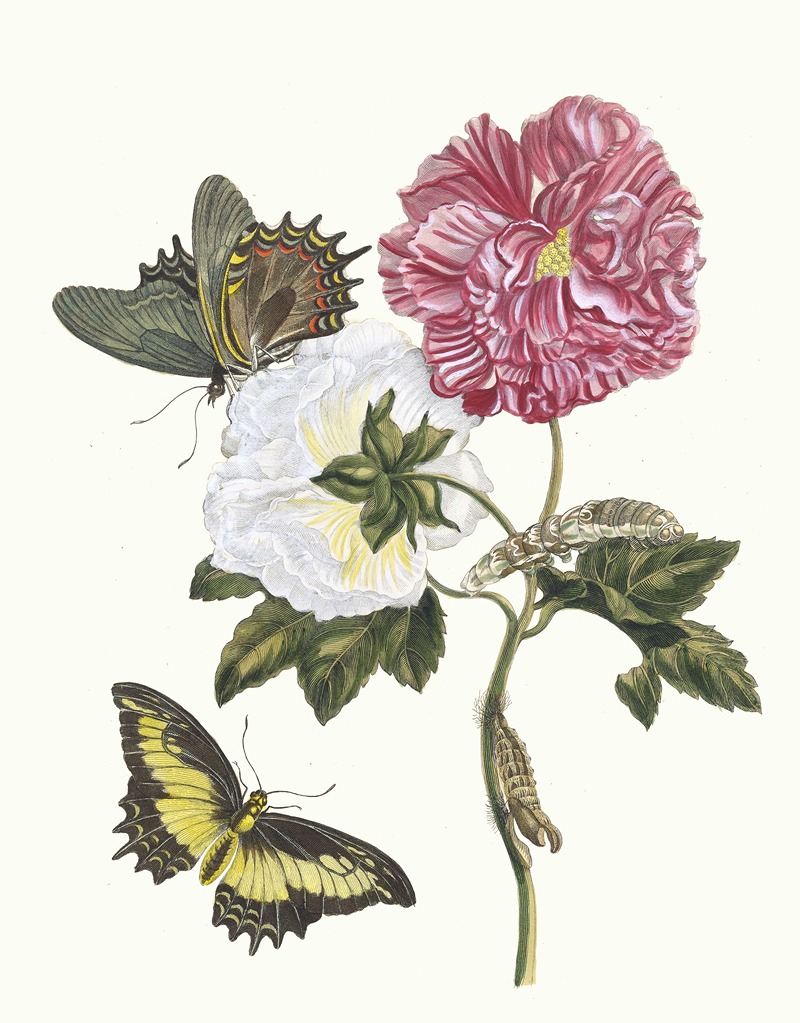
In ancient times and the Middle Ages, artists used materials like parchment and vellum, and their primary tools included quills and natural inks. The colors used were often limited—derived from natural sources like minerals and plants. Initially, these illustrations were used in the natural sciences to illuminate aspects of plants for scientific purposes. At this time, understanding plants was essential for medicinal purposes.
The Renaissance marked a significant shift, with advancements in paper production and the development of higher-quality pigments. Watercolor emerged as a preferred medium for botanical illustration due to its ability to depict the delicate and translucent qualities of plants. This period also saw increased attention to accuracy and detail—influenced by the broader scientific and artistic advancements of the time.
The invention of printing processes—particularly copperplate engraving and later lithography—revolutionized botanical illustration. These techniques allowed for the mass production of detailed illustrations, making them more widely accessible. Artists like Maria Sibylla Merian and Pierre-Joseph Redouté were notable for their exquisite engravings and prints.
Today’s botanical artists blend traditional techniques with modern practices. There is a renewed interest in historical methods—coupled with the exploration of contemporary artistic styles. Digital illustration techniques—alongside traditional watercolor and ink—allow for a variety of styles and approaches—from hyper-realistic depictions of plant species to more abstract representations of flowering plants.
Preserving the Legacy
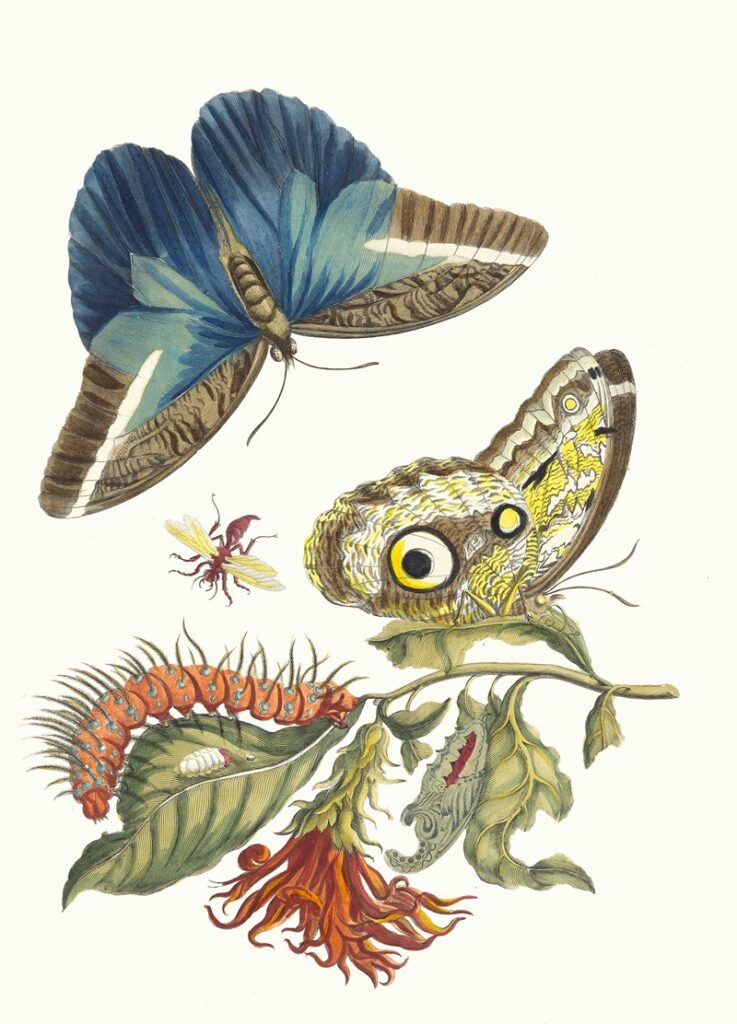
To view the legacy of these botanical maestros today is to step into a world where art and history converge. Many of their works are housed in prestigious institutions, museums, and botanical gardens. The Royal Botanic Gardens in Kew, London—for example—hosts an extensive collection that includes pieces by Redouté and others.
For those seeking a more intimate encounter, books and publications featuring their botanical illustrations provide a portal to the past. These volumes not only showcase the artistry of these illustrators but also offer insights into the scientific discoveries of their time. Whether exploring the intricacies of scientific botanical illustration, reveling in the charm of vintage botanical illustrations, or appreciating the precision of flower painting, these publications create a bridge between the past and the present.
The pages come alive with the vibrant hues of botanical subjects—showcasing the meticulous attention to detail and scientific accuracy that defined the work of these visionaries. Delving into these volumes, one discovers a treasure trove of knowledge, a visual journey through the realms of natural history illustration, and the diverse beauty of other botanical subjects captured by the skilled hands of these masterful illustrators.
Final Thoughts
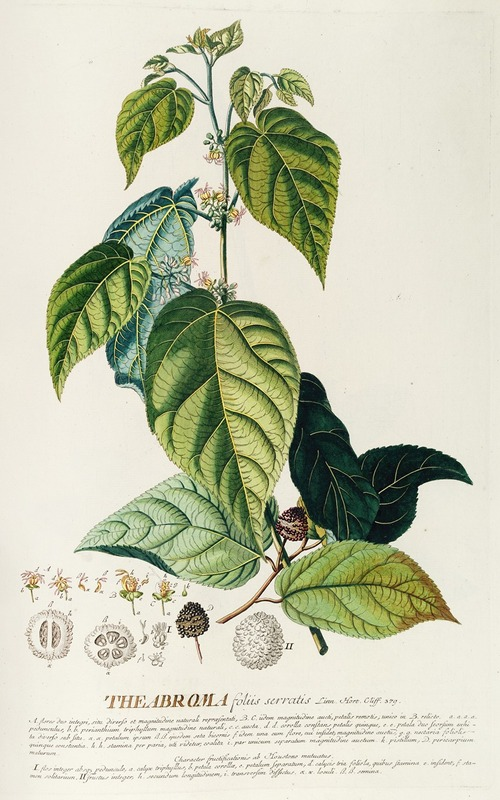
The enduring legacy of botanical illustrators binds science and art. Their hand-drawn sketches and digital illustrations enrich our understanding of the natural world. Botanical illustration is a bridge between disciplines—connecting the precision of science with the boundless creativity of art. It reminds us that in the delicate beauty of a flower, there lies a story waiting to be told.
By Armela E.





